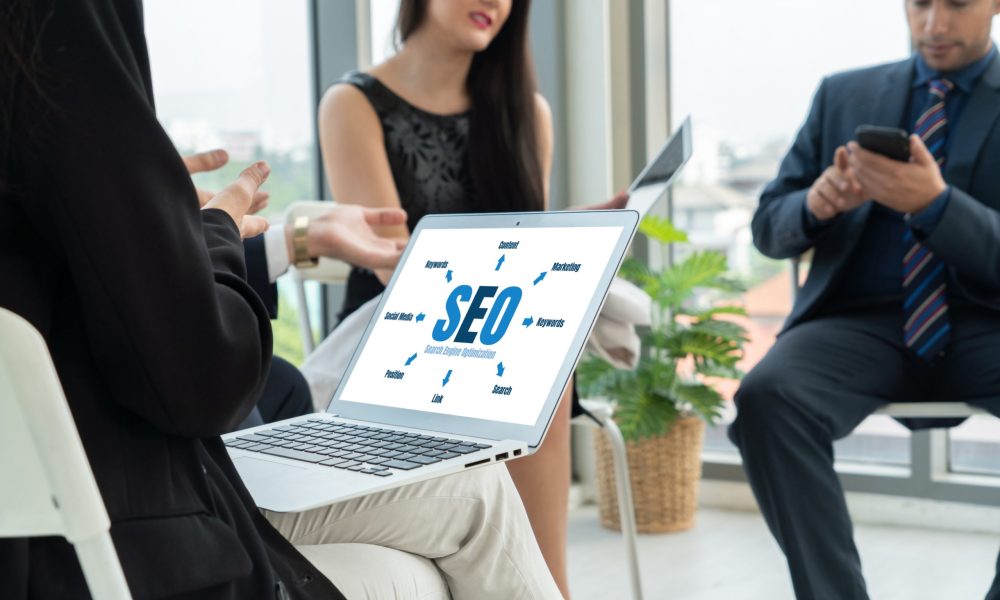What is On-Page SEO?
What is On-Page SEO? Complete Guide to On-Page SEO for 2025
SEO (Search Engine Optimization) is an essential part of any website strategy. It helps websites rank higher in search engines like Google, bringing more visitors. There are two main types of SEO: On-Page SEO and Off-Page SEO.
In this article, we will focus on On-Page SEO and answer the question, What is On-Page SEO? On-page SEO is all about optimizing individual web pages to rank better and drive more relevant traffic. It involves adjusting several on-page elements, from the content and structure of the page to its technical aspects.

But why is On-Page SEO so important? Well, it is the foundation of SEO. If your website is not well-optimized on-page, it will be hard to rank well in search engines.
Let’s dive deeper into On-Page SEO and explore some important concepts like On-Page SEO Analysis, On-Page SEO Checklist, On-Page SEO Optimization, On-Page SEO Services, and On-Page SEO Audit.
What is On-Page SEO?
At its core, On-Page SEO refers to the process of optimizing elements within your website or individual webpage to make it more search engine-friendly. This is done by focusing on both the content and the technical structure of your webpage.
When you optimize your page for On-Page SEO, you make it easier for search engines like Google to understand what your page is about, which can help your page rank higher in search engine results pages (SERPs).

Some of the main elements involved in On-Page SEO include:
- Title Tags: These are HTML tags that define the title of a webpage. It’s one of the first things search engines see when they crawl your site, so it’s essential to include your primary keyword in the title tag.
- Meta Descriptions: This is a brief description of what your page is about. It doesn’t directly impact rankings, but it can influence whether someone clicks on your page in search results.
- Header Tags (H1, H2, H3): These tags help structure the content on your page. The H1 tag typically contains the main topic or title of your page, while H2 and H3 tags organize subsections of your content.
- URL Structure: The URL of your page should be clean, readable, and contain relevant keywords.
- Content Optimization: This includes using your target keywords naturally within your content, providing high-quality, valuable information to your readers, and ensuring your content is easy to read.
- Image Optimization: Image alt text should describe the image content, and image files should be compressed to ensure fast page load times.
By optimizing these elements, you are setting the foundation for better visibility in search engines and improving the overall user experience on your site.
On-Page SEO Analysis
Before you can start optimizing your website, you need to understand how well it is currently performing. This is where On-Page SEO analysis comes in.
An On-Page SEO analysis helps you evaluate the key elements of your webpage to see if they meet SEO best practices. Some of the factors an On-Page SEO analysis looks at include:
- Keyword Usage: Are you using the right keywords in the right places? The main keyword should be in your title tag, header tags, and content. But it should not be stuffed. Use it naturally to avoid penalties from search engines.

2. Content Quality: Google rewards content that provides value to users. Does your content answer the searcher’s query fully? Is it informative and engaging?
3. Page Speed: How fast does your page load? Slow loading times can hurt your rankings and user experience. Tools like Google PageSpeed Insights can help you evaluate your page speed.
4. Mobile Optimization: Is your site mobile-friendly? With mobile traffic increasing, Google uses mobile-first indexing, meaning they consider the mobile version of your site more important for rankings.
5. Internal Linking: Are you linking to other important pages within your site? Proper internal linking helps distribute link authority across your pages.
After running an On-Page SEO analysis, you’ll know exactly what changes need to be made to improve your page’s SEO performance.
On-Page SEO Checklist

3. Meta Description:
Craft a meta description that describes the content of the page and includes the main keyword. Keep it between 155-160 characters for optimal display in search results.
4. Header Tags:
Use your target keyword in your H1 tag (the page title). Break the content into sections using H2 and H3 tags. These headers should also contain relevant keywords.
5. Content Optimization:
Use your target keywords in the first 100 words of your content. Spread the keywords naturally throughout the content but avoid keyword stuffing. Ensure the content is high-quality, original, and provides real value to the user.
6. Image Optimization:
Optimize your images by compressing them for faster loading times and adding alt text that describes the image while using relevant keywords.
7. URL Structure:
Your URL should be clean, short, and descriptive. Include your target keyword in the URL for better optimization.
8. Mobile-Friendliness:
Check that your website is mobile-friendly. Use responsive design and make sure your content looks great on mobile devices.
9. Page Load Speed:
Test your page speed using tools like Google PageSpeed. Aim for a loading time of under 3 seconds for optimal user experience.
10. Internal Linking:
Link to other relevant pages on your website to help distribute authority and improve navigation.
On-Page SEO Optimization
Once you’ve performed the analysis and followed the checklist, the next step is to work on On-Page SEO optimization. This is the process of refining your webpage’s elements to boost its rankings.
1. Content is King:
Search engines want high-quality content. When optimizing your content, focus on providing detailed, useful information that answers the user’s query. Break your content into sections with clear, descriptive subheadings. Include media like images, videos, or infographics to make your content more engaging.
2. Page Structure:
A well-structured page is easier for search engines to crawl and index. Make sure you use header tags correctly, with H1 for the main title and H2/H3 for subheadings.

3. External and Internal Links:
In addition to internal links, you should also link to external, authoritative sites where relevant. This shows that your content is connected to other trusted sources.
4. Social Sharing:
Make it easy for users to share your content on social media. Social signals can indirectly affect SEO by driving more traffic to your page.
On-Page SEO Services
If you’re not confident in your SEO skills or simply don’t have the time, you can hire On-Page SEO services. Many SEO professionals or agencies offer these services. They will analyze your page, fix any issues, and optimize it according to SEO best practices.
An On-Page SEO expert will:
- Perform keyword research and optimization
- Revise title tags, meta descriptions, and header tags
- Improve content quality and readability
- Optimize images and media
- Enhance the overall user experience of your site

On-Page SEO Audit
An On-Page SEO audit is a detailed review of your website’s performance. The audit looks at how well your pages are optimized for search engines and provides recommendations for improvement. It includes:
- Reviewing title tags, meta descriptions, headers, and URLs
- Checking content quality and keyword usage
- Analyzing site speed and mobile responsiveness
- Auditing internal linking and external backlinks
Performing an On-Page SEO audit regularly will help keep your site optimized and ensure that you are following SEO best practices.

Conclusion
So, What is On-Page SEO? It’s the process of optimizing individual web pages to improve their search engine rankings. From content quality and keyword usage to technical elements like title tags and URL structure, On-Page SEO helps make your website more visible to search engines and users.
By following the On-Page SEO checklist, conducting regular On-Page SEO analysis, and optimizing your page’s elements, you can improve your rankings, traffic, and user experience.
